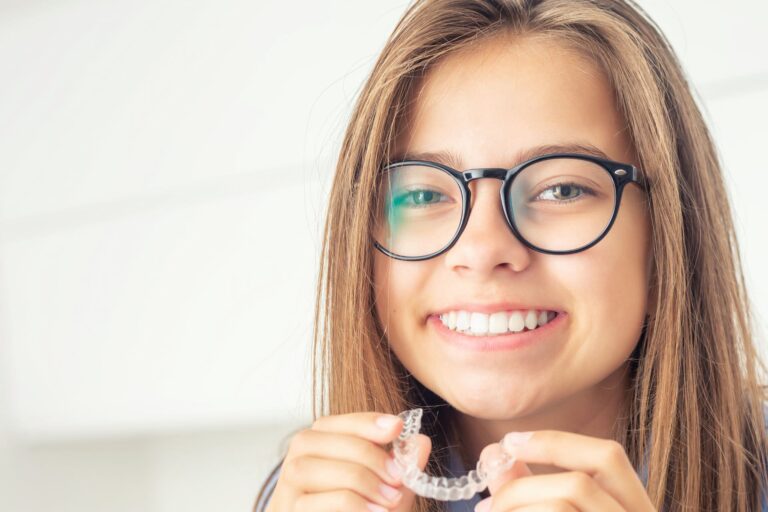It is important to start children on an oral healthcare routine that includes regular checkups at an early age, but we recognize that some children are anxious about the bright lights, unusual noises, and unfamiliar tools they may encounter at a dental clinic. Therefore, our friendly team makes special efforts to ensure the comfort of our young patients. We have compiled answers to some of our most frequently asked questions below, but feel free to call us with any queries of your own.
When should my child first visit a dentist?
The American Academy of Pediatric Dentistry (AAPD) recommends children should visit a dentist by their first birthday or within six months of their first tooth eruption. In most cases, primary teeth begin growing at roughly six months. The first visit will typically last from 30 to 45 minutes. Depending on your child’s age, it may include a full examination of teeth, gums, jaws, and tissues to evaluate growth and development. If necessary, the visit may also include gentle cleaning.
Why is the first pediatric dentistry appointment so important?
It is critical to keep primary teeth in place until permanent teeth are ready to replace them. Primary teeth help children chew properly, aid in speech development, serve as space savers for permanent teeth, and promote a healthy smile. If your child does not visit a pediatric dentist regularly, they may lose a tooth before an adult tooth is ready to take its place. This can cause facial structure issues as other teeth and bones within the mouth shift. Additionally, it is advantageous to get into a routine of seeing the dentist regularly.
How often should a child visit a pediatric dentist?
Just like adults, children should visit the dentist at least twice a year. In addition to cleaning teeth and helping prevent cavities during these appointments, we will carefully monitor growth and make any necessary suggestions to keep your child’s smile white and bright.
What toothpaste should my child use?
Children under the age of three should use a tiny smear of fluoride toothpaste with a soft-bristled toothbrush twice a day. Beginning at the age of three, your child should increase the amount of toothpaste used to a pea-sized dollop. Be sure to assist your children when it is time to brush their teeth. Remind them to spit out excess toothpaste rather than swallow it. Always use fluoride toothpaste.
What do I do if my child has a toothache?
If your child has a toothache, you should immediately rinse the area with warm saltwater. This can help reduce the chances of infection and alleviate some pain. To relieve pain even further, place a cold compress on your child’s face and provide him or her with acetaminophen. If the problem persists, call Mountainside Dental Group. We can help you determine if your situation constitutes a dental emergency and arrange for you to visit.
At what age should my child stop seeing a pediatric dentist?
There is no age limit for pediatric dentistry. Most individuals transition to general dentistry after all of their permanent teeth have erupted. Fortunately for our patients, the transition is smooth because we also offer general dentistry and cosmetic dentistry services.
Call Mountainside Dental Group for Pediatric Dentistry Services
Our welcoming team of dental experts will help your child feel comfortable in the dental clinic environment while also carefully monitoring growth and development, helping prevent cavities, and cleaning their teeth and gums. Contact us today to schedule your child’s appointment.



